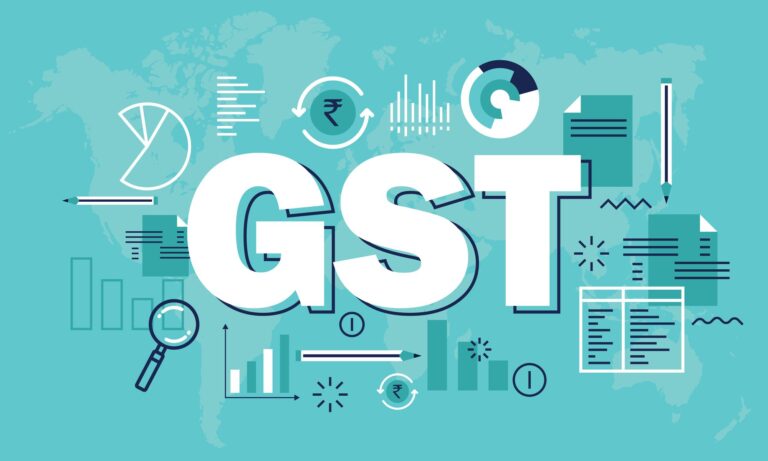
Understanding GST: A Simple Guide
GST, or Goods and Services Tax, is a tax imposed on the sale of goods and services in India. Introduced in 2017, it replaced several indirect taxes like service tax, VAT, and excise duty, streamlining the tax structure.
What is GST?
GST is a value-added tax levied on the supply of goods and services. It is charged at each stage of the production and distribution process but is ultimately borne by the end consumer.
How Does GST Work?
Imagine you’re buying a shirt. The manufacturer of the shirt sells it to the retailer, who then sells it to you. At each step, GST is applied, but it’s only the final consumer who pays the full GST amount.
Types of GST:
There are three types of GST:
- CGST (Central Goods and Services Tax): Collected by the central government on intra-state sales.
- SGST (State Goods and Services Tax): Collected by the state government on intra-state sales.
- IGST (Integrated Goods and Services Tax): Collected by the central government on inter-state sales.
GST Rates:
Goods and services are taxed at different rates under GST, ranging from 0% to 28%. Essential items like food grains attract lower rates, while luxury items are taxed at higher rates.
GST Rates:
GST comes in different flavors – or rates, rather. Some things, like basic food items, have little to no GST slapped on them. But for fancier stuff like luxury cars, you might be looking at a higher GST rate.
Why Should You Care?
Well, for starters, GST makes life a whole lot easier for businesses. With fewer taxes to worry about, they can focus on what really matters – like serving up those delicious snacks. And for us consumers, it means more transparency and hopefully, lower prices!
Benefits of GST:
- Simplified Tax Structure: GST replaced multiple taxes, reducing paperwork and compliance burdens.
- Uniform Tax Regime: It promotes a uniform tax structure across the country, facilitating ease of doing business.
- Elimination of Cascading Taxation: GST eliminates the tax on tax system, ensuring taxes are levied only on the value addition at each stage.
Late fees for GST filing in India depend on the type of return and the duration of the delay. Here’s a general overview:
1. GSTR-1 (Outward Supplies):
- Late fee: ₹50 per day (₹20 for taxpayers having nil tax liability for the month)
- Maximum late fee: ₹5,000
2. GSTR-3B (Summary Return):
- Late fee: ₹50 per day (₹20 for taxpayers having nil tax liability for the month)
- Maximum late fee: ₹10,000
3. GSTR-4 (Composition Scheme):
- Late fee: ₹50 per day
- Maximum late fee: ₹5,000
4. GSTR-8 (Tax Collected at Source):
- Late fee: ₹50 per day
- Maximum late fee: ₹10,000
5. GSTR-9 (Annual Return):
- Late fee: ₹200 per day (₹100 for CGST and ₹100 for SGST, totalling ₹200)
- Maximum late fee: 0.25% of turnover in the state or union territory
It’s important to note that late fees are applicable for each return and for each day of delay beyond the due date. However, the maximum late fee is capped to avoid excessive penalties.
These late fees are subject to change, so it’s essential to refer to the latest notifications and updates from the GST authorities. Additionally, late fees for specific cases such as GST reconciliation, amendment returns, and others may varyTop of Form
